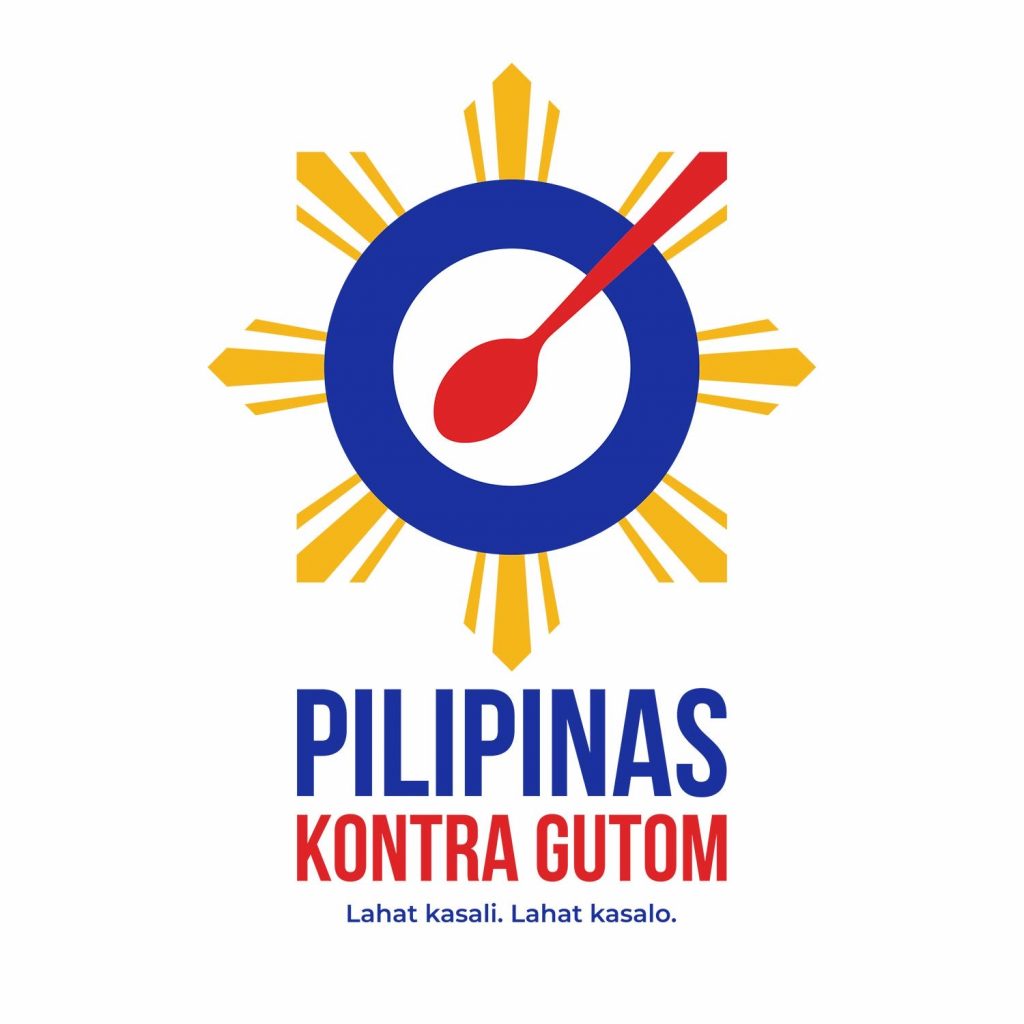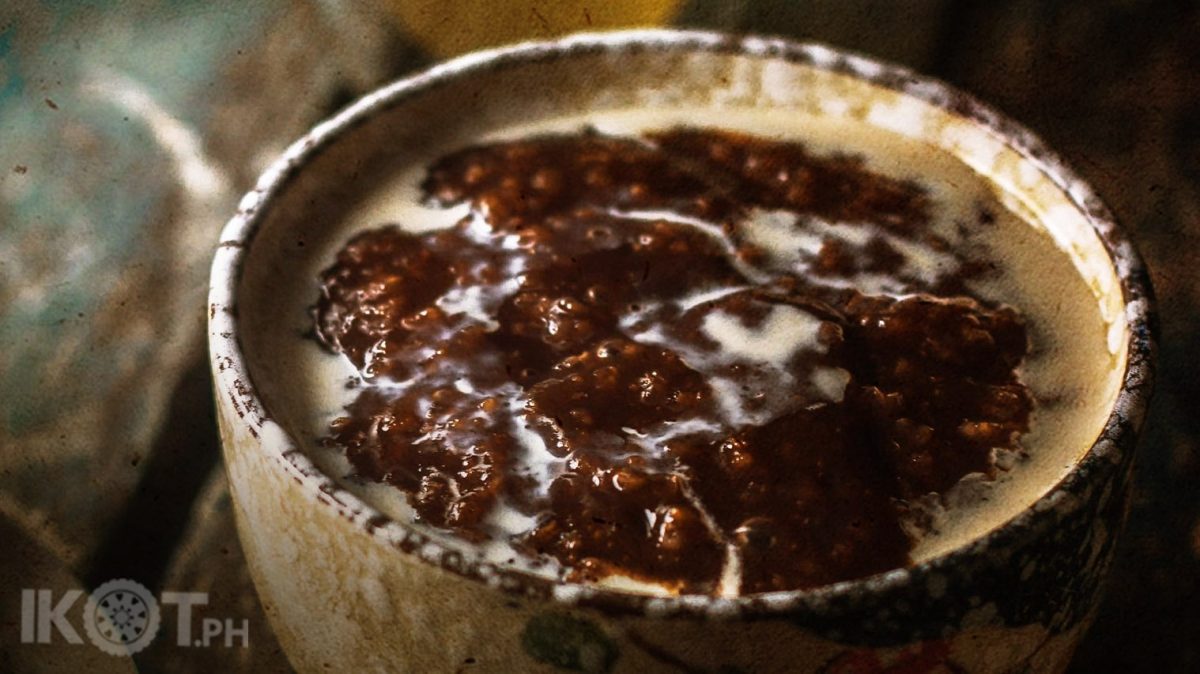I love Champorado. It’s filling, but not heavy; rich and creamy, but not overwhelming. A warm bowl with a heaping of powdered milk is perfect to start the day or an excellent way to end a long, tiring day. It’s simple, and the ingredients are really basic and easy to access; it’s not surprising that Champorado is one of our staple breakfast food, dessert, or merienda. This sweet, filling, decadent treat is so common that you can see it served or available almost anywhere: restaurants, carinderias, groceries, etc. We even have different instant Champorado available in the market. Pero saan nga ba galing ang Champorado?
FUN FACT: A story circulated in the 1950s that Jose Rizal accidentally spilled his hot chocolate over his breakfast of rice and sardines, which started the philippine adaptation of the Champurrado. While we’re sure he didn’t necessarily create the dish, it’s been said that his breakfast of choice while studying abroad was a sort of “deconstructed champorado” with hot chocolate, a cup of rice, and sardinas secas (a fancy name for tuyo).
We can trace the use of Cacao and cacao plants’ cultivation to the Aztecs and the Mayans, and even the ancient Olmecs of Southern Mexico. Cacao played an essential role in rituals and was treated as a precious resource, even to the point that it was more valuable than gold. It was the Aztecs who drank chocolate with corn puree or masa. The Early Spanish adapted this concoction by adding milk and sugar, thus creating the Champurrado.
The Champurrado came to the Philippines through the galleon trade between Mexico and the Philippines during the Spanish Rule. Over time, the preparation of the Champurrado changed where whole grains of glutinous rice was used, replacing masa, creating a new variant that they called Champorado. And though we also have different ways of cooking Champorado, the elements of whole rice, milk, chocolate, and sugar, made this dish unique to the Philippines. Even more unique is the pairing of the Champorado with the salty tuyo (dried fish) for a savory balance!
So that’s it from me for the origin of Champorado! Kain tayo!


